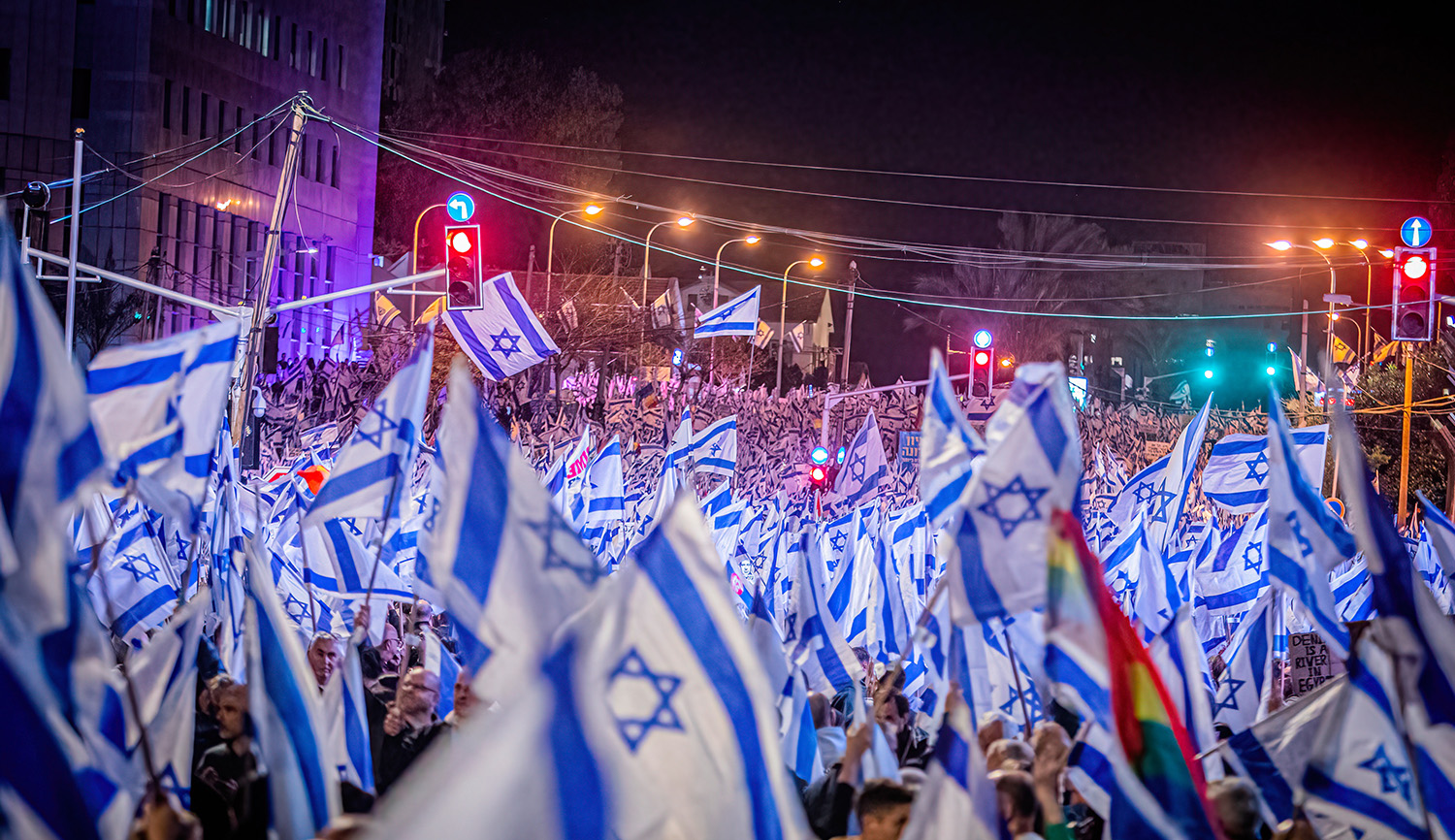The Negev fortress of Masada, best known as one of the last holdouts of Jewish rebels against the Roman empire in 70 CE, was built in the 2nd or early 1st century BCE by the kings of the Hasmonean dynasty. When it was excavated in the 20th century, archaeologists found a number of ancient religious scrolls that have helped historians better understand the evolution of Judaism and the text of the Hebrew Bible itself, as Lawrence Schiffman explains:
In all, parts (often small fragments) of fifteen biblical and apocryphal scrolls were found in the Masada excavations, including fragments of two scrolls of Leviticus, one each of Deuteronomy and Ezekiel, and two manuscripts of the Psalms. Because, in general, these texts are almost identical to the Masoretic text—the one used in Jewish editions of the Bible today—we can conclude that this text had become the only recognized version of the Hebrew Bible by the period of the revolt. Only a century or so earlier, the Dead Sea Scrolls, while including what scholars term proto-Masoretic texts in large numbers, also exhibited manuscripts demonstrating that the biblical text was not fully fixed.
Yet the Jews who fled to Masada [during the revolt against Rome], whose biblical texts had by this time become standardized, also made use of apocryphal books, a practice later frowned upon by the early rabbis.
Some of these texts, previously found only among the Dead Sea Scrolls, were discovered at Masada as well, leading scholars to conclude that they were not specific to the Jewish sect at Qumran, to whom the Dead Sea Scrolls belonged, but were in fact commonplace in Judea at the time:
If so, we can now understand why ideas reflected in these texts appeared in rabbinic literature and in the Jewish mysticism of the 3rd through 8th centuries CE. . . . The presence of these texts at both Judean Desert sites shows that in this period the Jewish people shared a common heritage of apocryphal literature. Although the rabbis would later try to root out these non-biblical texts, during Second Temple times these books still enjoyed considerable popularity, which is why they make up approximately one-third of the Qumran collection and why some were also found at Masada.
More about: ancient Judaism, Dead Sea Scrolls, Hebrew Bible, Masada


